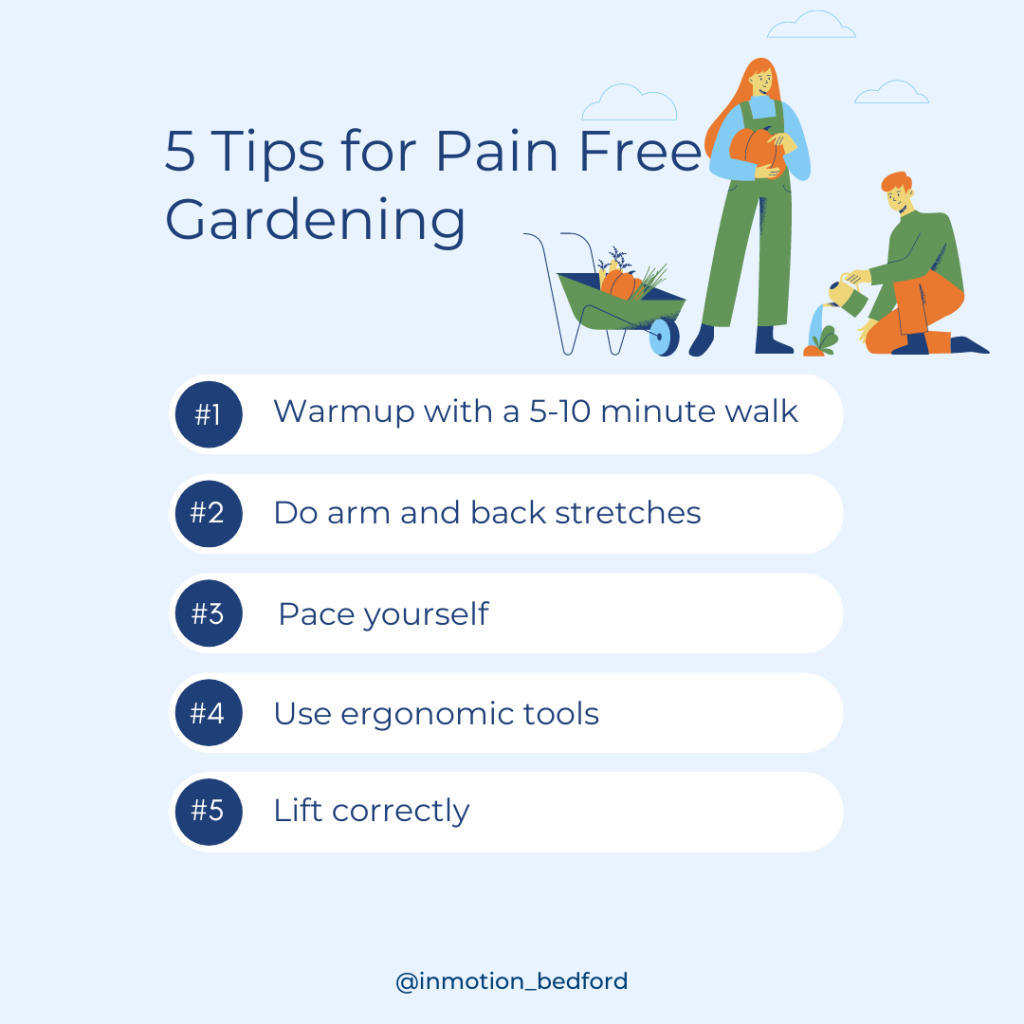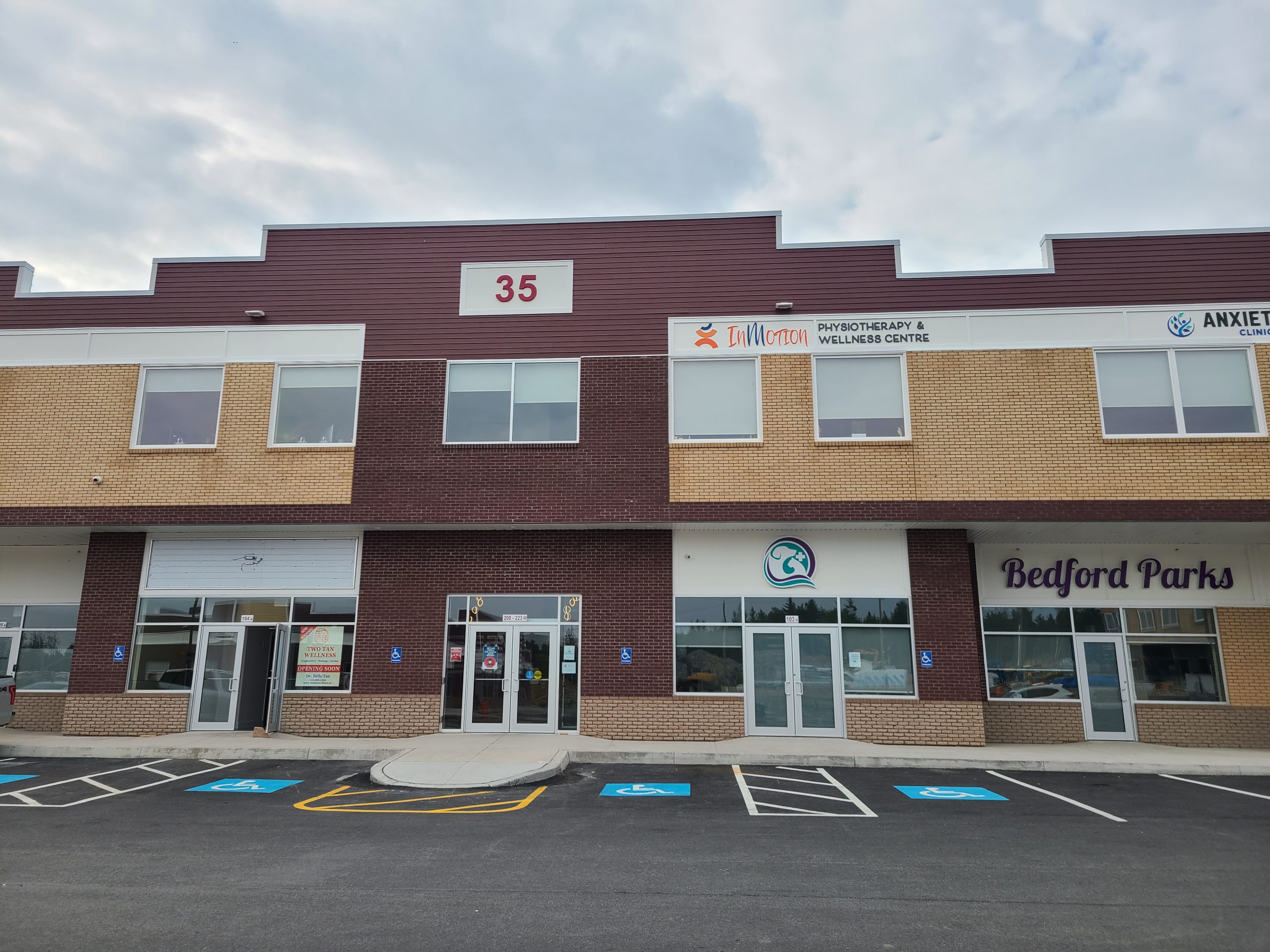Gardening is Good For You!
Every Spring many Canadians are happy to put their winter gear away and get outside to work in the garden. According to the Center for Disease Control gardening is considered moderate cardiovascular exercise. When you spend time in the garden raking, digging, planting, or weeding for 30 to 45 minutes it is estimated that you can increase your heart rate and burn approximately 150 to 300 calories depending on your age and health.
According to a recent study, over half of Canadians have embraced gardening during the pandemic. Interestingly the study also found that 55.5% of home gardeners consider gardening to be good exercise while 69% find gardening relaxing.
Without a doubt gardening can be very physical. There are always tasks, big and small, during the growing season. From soil preparation to harvesting and clean up. If you have ever spent a summer gardening, you know that gardening is great exercise. But some say that they go out into their garden to play – and that is because gardening is fun and inspiring too. Gardening does wonders for your psychological well being and it also has measurable benefits when it comes to health and exercise.
While gardening brings calmness to your mind, and is excellent for your health, long periods of gardening can take a toll on your body. After all you are using many muscles including your core, quadriceps, hamstrings, chest, shoulders, and arms.

If you have back, shoulder, knee or other chronic pain issues it is best to see your physiotherapist, massage therapist, or chiropractor to find out if gardening is right for you! They can also recommend proper stretching, bending, and lifting skills helping you to enjoy gardening to the fullest.
The following simple habits can make your gardening hobby much more comfortable and pain free.
Warming up your muscles first is a very good practice. Try a brisk five or ten minute walk around the yard or neighbourhood.
Active gentle stretching exercises are the next thing to do after you have finished a quick warm-up.
Pace yourself. Make a task list of what needs to be done and how long it will take before you go into the garden. Remember to plan to take breaks every ten to fifteen minutes while performing each task. You don’t want to wear yourself out and you want it to be enjoyable.
Using ergonomic tools can make a big difference in your comfort as well. They are designed with comfort and motion in mind. Read to find out more about lifting, ergonomics, and Bob Vila’s recommendations for tools.
Have you ever thought about how much lifting gets done out in the garden? A lot! Read on to find out best practices for lifting.
Best Practices when Lifting

Whether it is in the garden or anywhere else where you are tasked to lift these tips should keep your back safe when lifting if done properly.
Stand with your feet hips distance apart. Closer or further away makes your body more unstable.
Squat down, bending at the hips and knees, keeping your back long. The safest posture is to keep the spine in a neutral position. Straight back, open chest, and shoulders back and down.
Lift slowly. Avoid quick, jerky movements. Engage your core muscles by drawing your navel towards your spine to support your lower back.
Bring the load as close to your body as possible. This minimizes the force required to lift or carry the object.
Slowly straighten your legs. Your leg muscles are stronger than your back so use your legs to generate force with your lower body.
Avoid twisting at the waist while carrying something heavy. When you need to change direction use your feet rather than rotating through your spine.
Ergonomic Tools Help You Avoid Pain and Injuries
Gardening works a lot of muscles and joints and involves a very wide range of motions including carrying, kneeling, bending, digging, lifting and more!. Which is probably why some people prefer to call it “working in the garden!”
- Knees: One common injury comes from garden tasks that are performed on your knees. A simple garden kneeler seat or knee pads are both great tools to have that will help to fight knee pain.
- Back: Long-handed tools can make a great difference when it comes to avoiding back pain. Tools like rakes, shovels, stand-up weed pullers, and hoes extend your reach. Try to keep your back straight as much as possible during all activities.
- Wrists and Hands: If your wrists and hands tend to hurt with garden work, invest in ergonomic clippers and other hand tools that are designed to reduce the strain on your hands and wrists.
Check out Bob Vila’s recommended ergonomic tools it has some very useful ideas and links to buy for ergonomically designed gardening tools that will help you to avoid pain when you garden.
We Are Your Pain Specialists
Whether you are experiencing pain from gardening, sports, an accident, or for other reasons our qualified specialists can help you get back to doing the things you love to do! Reach out to any of our team members for treatment plans tailored to your personal physical needs.







